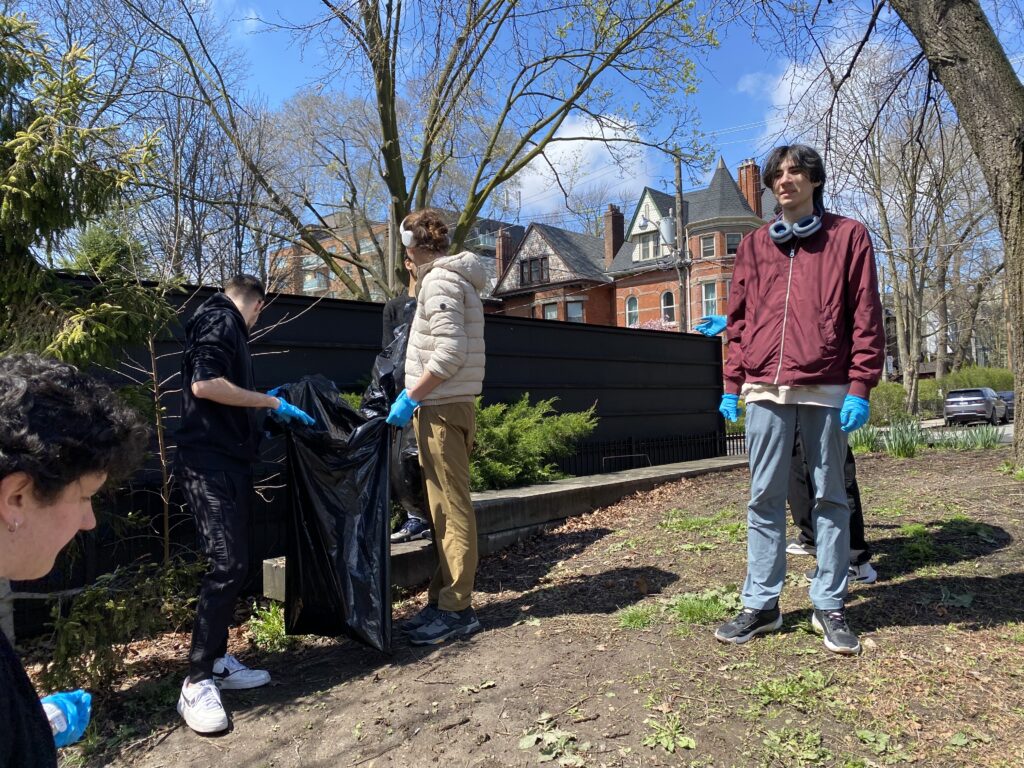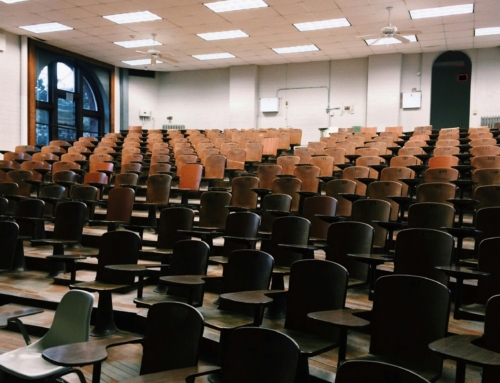When parents in Ontario contemplate the switch from public to private school for their children, they often weigh several critical factors. These include teaching methods, class sizes, available resources, and extracurricular opportunities. This post delves into these aspects to provide a comprehensive overview of the key differences between public and private education in Ontario.
Class Size and Individual Attention
One of the most pronounced differences between public and private schools in Ontario is the class size. Public schools often have larger class sizes due to funding and policy restrictions, which can average between 20 to 30 students per classroom or more in some cases. In contrast, private schools generally boast smaller class sizes, typically ranging from 10 to 20 students per class. This smaller ratio not only allows for more individualized attention from teachers but also significantly enhances the quality of teaching. Students in private schools often report feeling more supported and understood by their instructors, which can lead to better academic performance and more personalized learning experiences.
Curriculum Variations and Specialized Programs
Private schools in Ontario have the flexibility to offer specialized programs that are not always available in the public system. These can include advanced courses such as International Baccalaureate (IB) and Advanced Placement (AP), which are highly regarded by universities and colleges. Moreover, private schools frequently offer tailored curriculums that focus on specific areas like science, arts, or humanities, providing enriched learning experiences that cater to a student’s strengths and interests.
Extracurricular Benefits and Unique Opportunities
Extracurricular activities are a cornerstone of the private school experience. Due to higher budgets and focused funding, private schools in Ontario can offer a wider array of extracurriculars than their public counterparts. These range from specialized clubs like debate team and MUN to unique opportunities to host guest speakers to connect in-class learning and global trips. These experiences are invaluable, broadening students’ horizons and enhancing their educational journey beyond the traditional classroom setting.
Real Experiences: Testimonials from the Switch from Public to Private School
Hearing from those who have experienced both sides of the educational spectrum can provide valuable insights. One parent noted, “The transition to Keystone allowed my child to thrive in a smaller class setting and engage more deeply in her interests in science. The academic guidance we received as a family has no comparison with our previous public school. We are grateful.”
A former public school student who switched to Keystone shared, “At my school, I had the chance to interview a Physiotherapist who was invited as part of the guest speaker series. Because I was applying to this program, it was valuable for me to hear directly from someone who took the path I was taking 10 years before me. I loved hearing her experience.”
Weighing Your Options for the Switch from Public to Private School in Ontario
While the benefits of private schooling in Ontario are significant, it is crucial to consider the potential downsides. The cost of tuition and associated expenses can be prohibitive for many families. Additionally, the culture and social environment of private schools can be quite different from public schools, which may not suit every student. Deciding between public and private education in Ontario involves considering a variety of factors, including class size, curriculum offerings, extracurricular activities, and personal testimonials. For families considering this transition, it’s essential to evaluate both the potential benefits and limitations. Visiting schools, talking to other parents, and assessing how well a school aligns with your child’s needs are all critical steps in making an informed decision that will best support your child’s educational growth and happiness.
Next in the Series:
- How to Choose a Private School: This post will offer practical advice on selecting the right private school for your child, including what factors to consider and questions to ask during the process.
- Financing Your Child’s Private Education: Scholarships, Grants, and Financial Aid: Understanding the financial aspect is crucial. We’ll provide information on scholarships, grants, and other financial aids available to help manage the costs associated with private schooling.
- Navigating the Transition: Finally, we will guide you through the practical steps of making the transition as smooth as possible, from preparation to integration into a new school environment.







